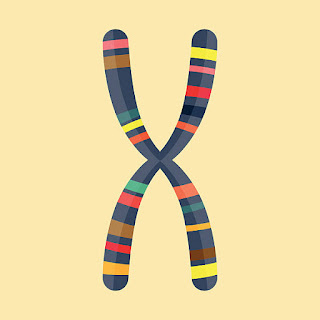Cell Wall
The outermost boundary in most of the plant cell is cell wall.
It is present in plants, Fungi, bacteria and absent in animals.
Cell walls have different structures and chemical compositions.
Cell wall is non living and secreted by the
protoplasm.
Formation of cell wall takes place at
telophase of cell division.
In a young cell, the cell wall is thin and delicate, but in large cell, it becomes thick and strong.
The cell wall consist of three layers.
i) Primary Wall
It is found around a young plant cell on the outer side of Cell Membrane.
The primary wall is very thin, elastic and capable of great extension.
It consist of
cellulose l, hemicellulose, pectin and sugar compounds.
The cellulose molecules are arranged in a
criss cross manner.
ii) Secondary Wall:
It is formed on the inner surface of the primary wall.
It is much thick and rigid.
It is composed of inorganic salts, silica, waxes, cutin, lignin, etc
iii) Middle Lamella:
It is the layer between two cells.
It helps in the attachment of two cells.
It is composed of
calcium pectate.
(The cell wall of Bacteria is composed of peptidoglycan and cell wall of fungi composed of chitan).
Functions of Cell Wall:
it gives definite shape to the cell.
2. It provides mechanical supports to the cell.
3. It keeps the cells rigid.
4. It protects the inner contents of cell.
5. All types of materials can pass through it, so it does not act as a barrier for the passing materials.





Comments
Post a Comment